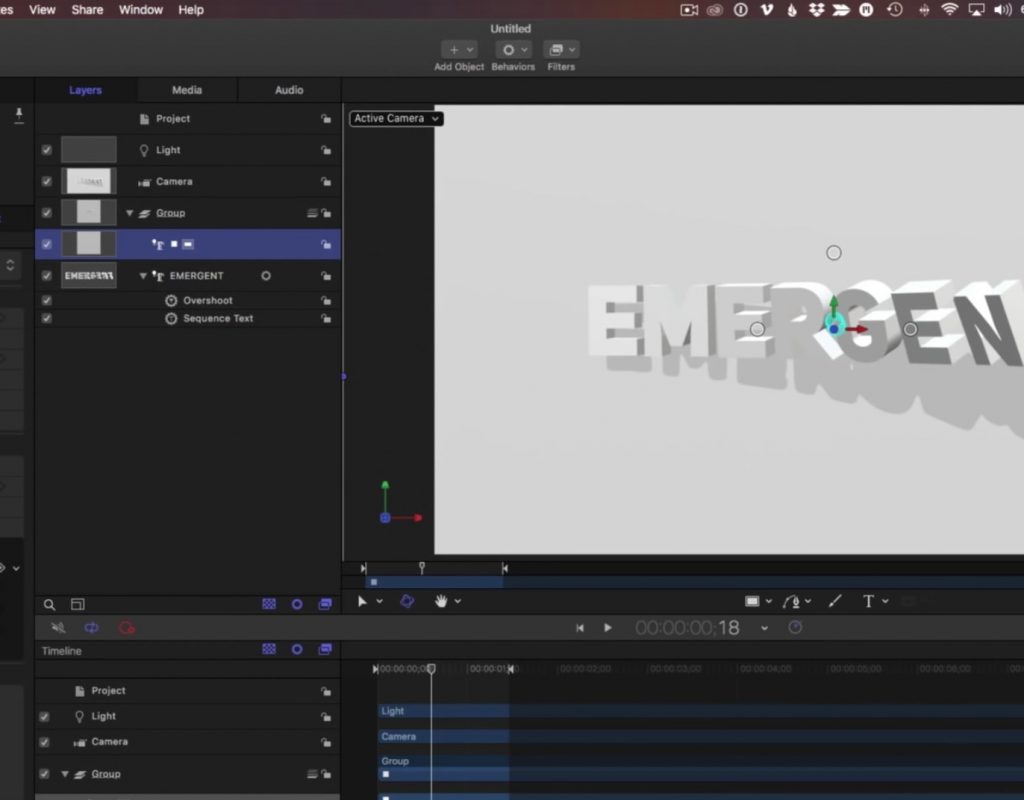https://www.youtube.com/watch?v=Uwg3Xqr5VfY&feature=push-u-sub&attr_tag=9d-aWK7BqvszFekH%3A6
This week on MacBreak Studio, I show Steve Martin from Ripple Training how to build a Netflix-inspired 3D title animation in Motion.
Motion’s text formatting, styling, and animation capabilities, combined with its real-time playback performance, make it a perfect tool for creating opening title animations. And the 3D text capabilities which allow you to texture and light 3D text are outstanding. However, there are a few tricks to getting the best results and we touch on a few of the key ones in this episode.
The main concept is that 3D text exists in it’s own little “sub-universe” within Motion. This means it doesn’t interact with other layers, and it has its own built-in lighting engine.
In order to make 3D text interact with things like walls and floors, you need to create those walls or floors using other 3D text objects – which turns out to be very easy to do, since you can create 3D text out of any type of font, including symbols.
Once you have a plane created from 3D text, you can make your letters intersect with that plane, animating to reveal itself. You can add lights to cast shadows on these surfaces, and have these lights interact with the built-in text lights that reveal the surface materials like metals, paint, stone, and more.
By using these techniques you can quickly create an animation that looks very similar to the Netflix animation, including the colors animating. The only thing missing is the curvature of the letters which unfortunately is still not possible in Motion without making a custom font – perhaps we’ll see this feature and a few others like a puppet tool in a future update.
In the meantime, 3D text animation in Motion is quite sophisticated yet easy to accomplish and great fun to design interactively with realtime playback. Check it all out above – and if you want to get better at Motion fast, check out our Warp Speed Motion tutorial.


